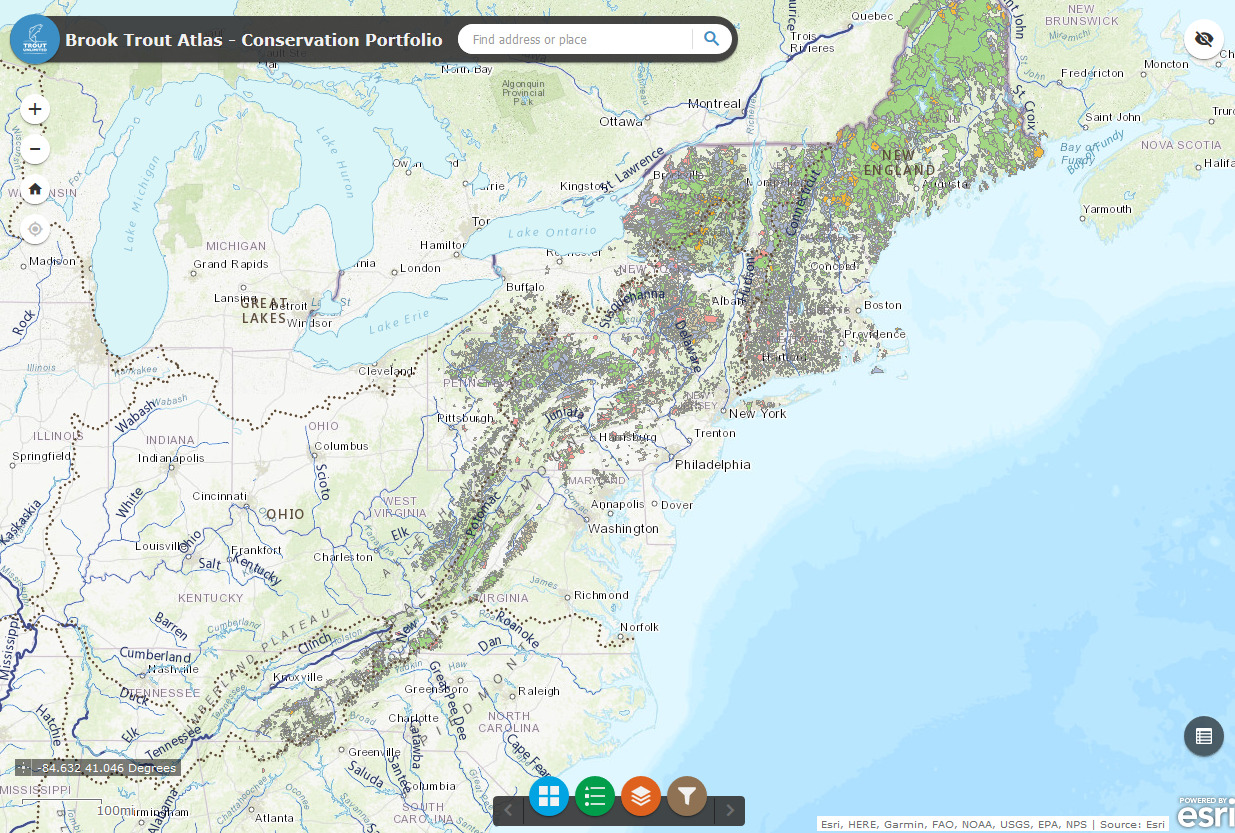sixfootfenwick
Well-known member
This is a neat link with a ton of info on the maps but I question how accurate it is.
Has anyone else seen this?

 www.tu.org
www.tu.org
Has anyone else seen this?

Brook Trout Atlas - Trout Unlimited
Welcome to TU’s Brook Trout Atlas. The following interactive atlases provide a means to explore mapped data related to brook trout populations, habitats, and



